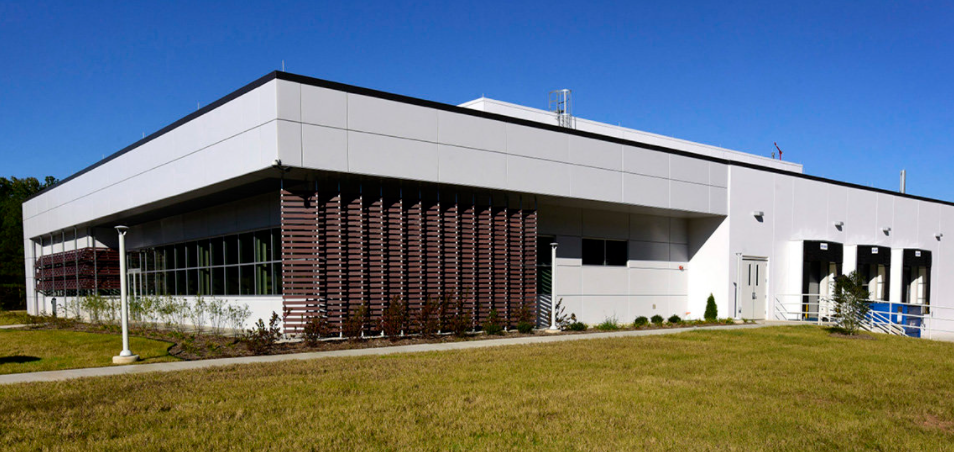As outlined in Executive Order (EO) 14057, Catalyzing Clean Energy Industries and Jobs Through Federal Sustainability, the NIH shall reduce greenhouse gas emissions, achieve net-zero emission buildings, campuses, and installations, and consume carbon-free electricity. Additionally, EO 14008, Tackling the Climate Crisis at Home and Abroad, requires federal agencies to combat climate change. To meet these requirements, the NIH shall improve building efficiency, performance, and management through the following:
- The NIH shall ensure All new construction and renovations of buildings greater than 25,000 GSF completed after January 31, 2022 are to meet or exceed the requirements of the Guiding Principles.
- The NIH shall ensure that all new leases entered into after September 30, 2023, for at least 25,000 rentable square feet in a building where the Federal Government leases at least 75% of the total building square footage are green leases per GSA guidance
- Ensuring that all new construction of Federal buildings greater than 5,000 gross square feet (GSF) that enters the planning process is designed to achieve energy net-zero and, where feasible, water or waste net-zero by 2030 (beginning in 2020).
- Requirements for building lessor disclosure of carbon emission or energy consumption data for portions of the building occupied by NIH.
- Ensuring all new construction, major renovation, repair, and alterations of agency buildings include appropriate design and deployment of fleet charging infrastructure.
- Including the incorporation of climate-resilient design and management elements into the operation, repair, and renovation of existing agency buildings and the design of new agency buildings.
The NIH Division of Facilities Stewardship Energy Management Branch tracks the NIH progress towards sustainable buildings and implements projects to increase the sustainability of buildings throughout the NIH.
To demonstrate progress in fleet management and sustainability, NIH publishes an annual Sustainability Plan (SP) and reports progress to their parent government agency, the Department of Health and Human Services (HHS). HHS adheres to the requirements of EO 14008 and EO 14057 and publishes an annual Sustainability Plan to demonstrate overall agency progress.
What are Sustainable Building practices?
Green or sustainable building is the practice of planning, designing, constructing, operating, maintaining, and removing buildings in ways that conserve natural resources, reduce energy and water consumption, improve the health of occupants and minimize pollution.
NIH has established a sustainable building program to guide building-related decisions across all campuses.

The NIH Net Zero Warehouse in Research Triangle Park is the first net-zero and LEED Platinum HHS building.
https://nems.nih.gov/Documents/Newsletter/2018/October%202018/NEMS_Newsletter_2018_October.pdf
The Council of Environmental Quality (CEQ) issued the following six Guiding Principles that apply to existing buildings and new construction or modernization:
Guiding Principles for Sustainable Federal Buildings
- Employ Integrated Design Principles
- Optimize Energy Performance
- Protect and Conserve Water
- Enhance the Indoor Environment
- Reduce the Environmental Impact of Materials
- Assess and Consider Building Resilience
Sustainable Building Contact
Current NIH Sustainable Building Projects
Sustainable Building Guides and Resources